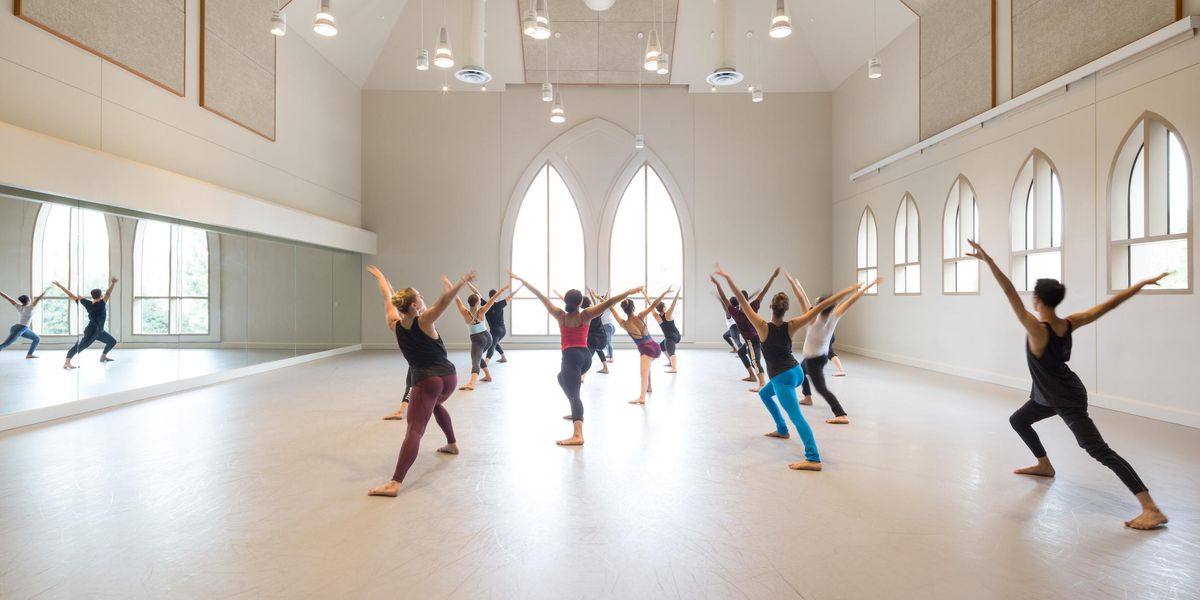Why Mats Ek is Retiring—and Taking his Ballets With Him
Since the 1970s, Swedish choreographer Mats Ek has brought his instantly recognizable brand of modern expressionism, with its deep pliés and crude theatricality, to ballet. But his choreography will soon disappear from repertoires worldwide: Ek officially retired in January, and has also decided to withdraw his works. One of the last chances to see one of his pieces in the U.S. is when the Royal Swedish Ballet brings his
Juliet & Romeo to the Kennedy Center in Washington, DC, June 1–4.
What prompted your decision to retire?
I would like to experience, for the first time in my life, not being tied up in a schedule. I turned 70 in 2015, and this means I’ve been working for 50 years without a stop.
Why did you pick Shakespeare’s
Romeo and Juliet for your last evening-length work, two years ago?
It was the last big ballet I wanted to tackle. It was huge but wonderful, and I was so happy to find the music, which isn’t Prokofiev but Tchaikovsky.
You called your version
Juliet & Romeo.
I tried to go back to the source, which is Shakespeare—but before that was an Italian short story called Juliet and Romeo. If you read the play, the major conflict takes place in the family of Juliet. There is camaraderie among Romeo’s friends, with Benvolio and Mercutio, but there is pressure on Juliet to an extent that I think means she should get first hand in the title. With something we know so well, the title also becomes almost a label, and to turn it around may open the door to rethinking it.
Will your wife Ana Laguna, who has long been your muse, retire as well?
No—she’s 10 years younger. She will be in the first cast of Juliet & Romeo in the U.S. tour.
What are your plans for your works?
I will fulfill the contracts already in place. The Royal Swedish Ballet has the rights to Juliet & Romeo for two more years, for instance. Some contracts have been in place for years, but I’ve done less and less, and I haven’t signed any new ones for a while.
Why did you choose to let your repertoire disappear in that sense?
Otherwise I would never be free. I can’t sell an existing piece without being active in the process. It takes time and a lot of consideration to choose dancers, rehearse…
Are you sad that your ballets won’t be
performed anymore?
Maybe I will be. But I don’t forbid myself from changing my mind. I first want to see what it’s like to be without any commissions at all, to see what comes out. And when I die, the rights to my ballets will be given over to people I trust. Let’s see what they decide.
What are your plans for retirement?
I don’t want to know. I want to act more spontaneously, improvise my so-called future, at least for a while. I’m glad to remain in Stockholm as my main base, but I hope to be able to stay longer in other places, too. And I won’t stop thinking and dreaming.




